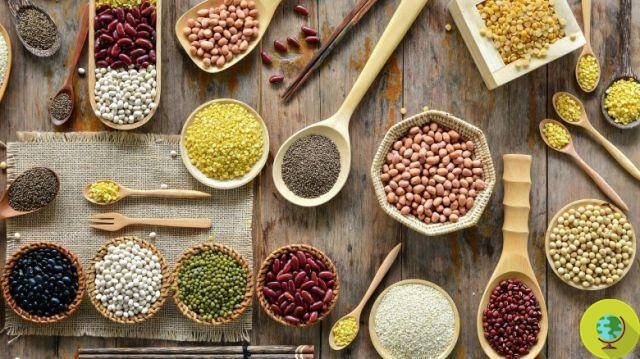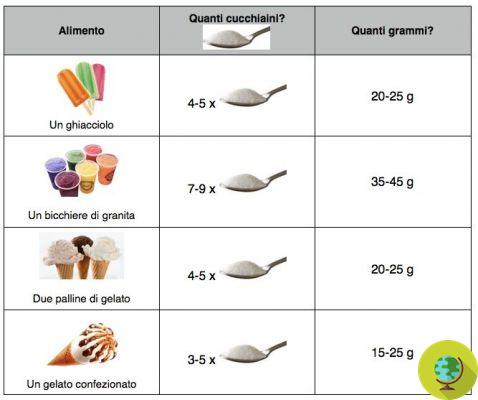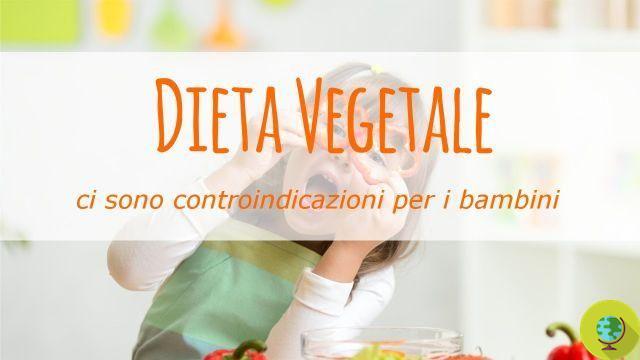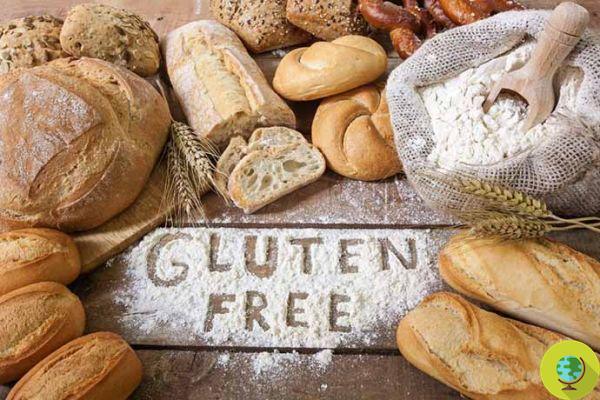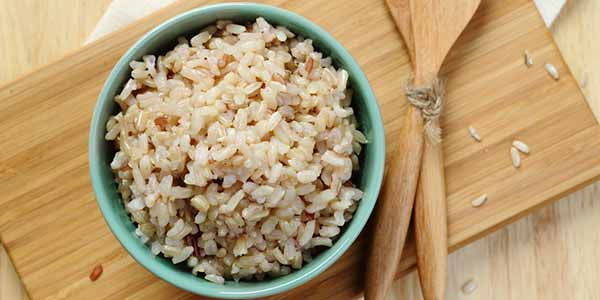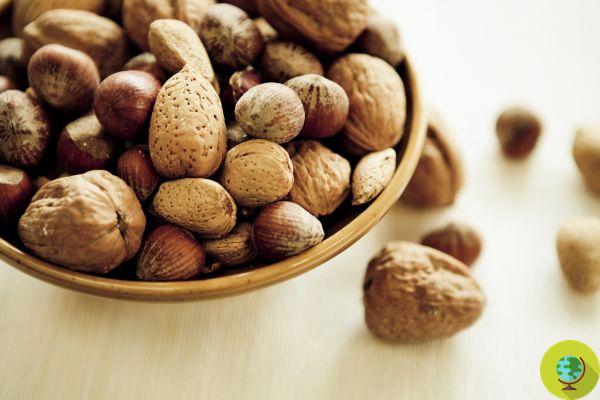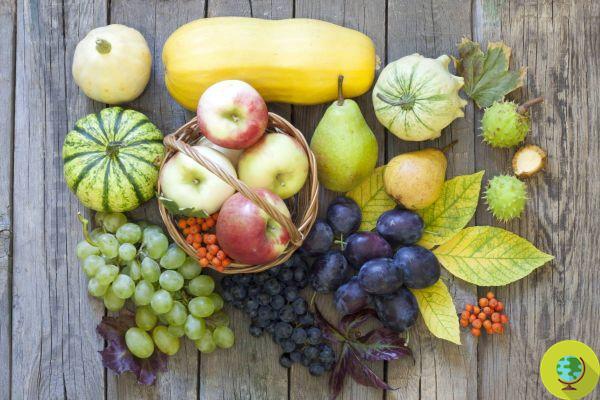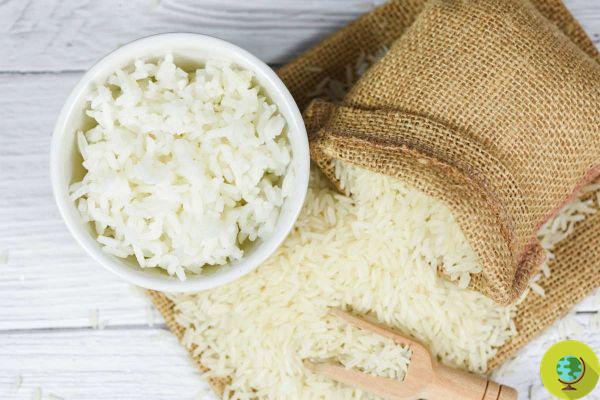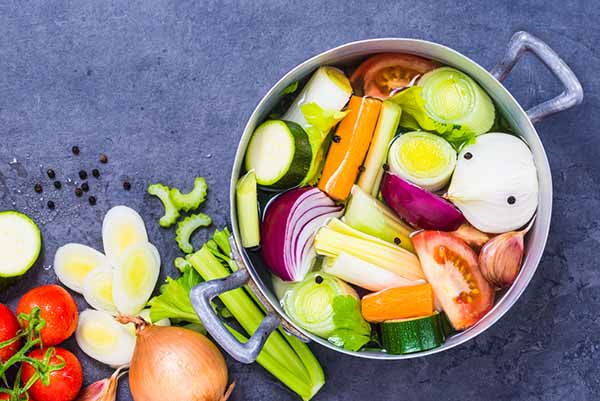Not only the health of the person passes through food, but also that of the planet. This is the fundamental message that was conveyed yesterday at the important conference "Food and Environment: healthy for you, sustainable for the planet" where the Barilla Center for Food & Nutrition presented its most recent study, the one on the double pyramid.
Don't store avocado like this: it's dangerous
From food not only the health of the person passes, but also that of the person planet. This is the fundamental message that was sent yesterday at the important conference "Food and Environment: healthy for you, sustainable for the planet" where is the Barilla Center for Food & Nutrition presented his most recent study, the one on double pyramid.
Many of us still remember the classic food pyramid. According to this model, one proper nutrition provides for hiring in different amounts of all food products. The base consists of fruits and vegetables - preferably seasonal and short chain, we add - while fundamental components of the diet are also the bread, the pasta and cereals, together with vegetable andolive oil. Instead, the consumption of XNUMX cups milk and dairy products, white meat, eggs and fish. At the top of the pyramid are the foods that should be consumed less often: Red meat and sweets.
If this model seems obvious and familiar to us, it is because it largely corresponds to Mediterranean diet. A diet that underwent some changes in the post-war period, but which historically foresees a prevalence of fburp, vegetables, carbohydrates and olive oil.
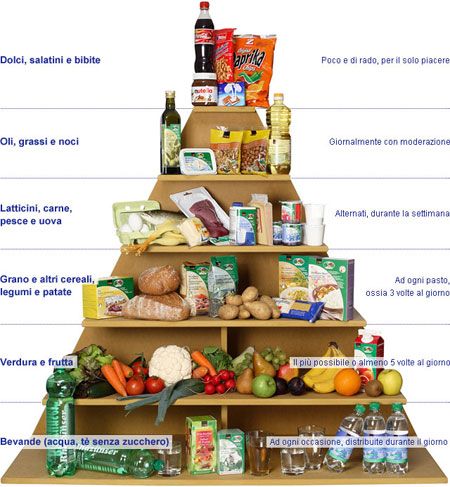
It is true that even in Mediterranean countries today people eat more meat and many succumb to the flattery of junk food, but fortunately our tradition still preserves us from many problems related to an incorrect and unbalanced diet. With benefits not only individually, but collectively: in the countries where hypertension, diabetes and obesity (the typical diseases of well-being) are very common, in fact, the health expenditure it is becoming uncontrollable. To cite the best-known example, $ 250 billion a year is spent on diabetes care in the United States today. In 1980, the same figure covered all health care costs.
But that is not all. The study presented also highlights aanother important feature of the Mediterranean diet: environmental sustainability. In fact, by calculating theecological footprint of the various food categories it is highlighted how the foods that form the basis of a correct diet are also those with the least impact. Fruit, vegetables and cereals are in fact much more sustainable than processed products (sweets and cheeses) and especially red meats.
As he also pointed out Jeremy Rifkin, present at the conference via videoconference, the production of beef it has a huge environmental impact, which is often underestimated: it contributes to 18% to the production of greenhouse gases on a world scale. Furthermore thecattle breeding poses another problem: today 40% of available agricultural areas are used to feed animals rather than people. It is therefore clear how a diet rich in red meat is not only unhealthy for us, but also unsustainable due to the delicate balance of an increasingly populous planet. And increasingly contradictory: there are those who suffer from hunger and those who die from diseases linked to a diet that is too rich and that exploits natural resources too intensively.
In short, the choice of what we put on the table is not just a private matter: it concerns the well-being of the population and the environment.
Doris Zacharia
Download the full report on double food pyramid
Read also i 12 ways to reduce emissions at the table




